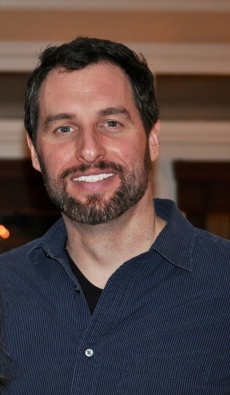I’ve been a collaborator on research with Dale Purves in the Duke Institute for Brain Sciences at Duke University, and am now a Sr. Content Developer with The Great Courses.

My scientific research investigated the way we visually perceive the world by examining when our perceptions seem to deviate from reality (i.e., when we see “visual illusions”). The Purves Lab has approached this problem by comparing analyses of large databases of measurements with psychophysical data to predict how humans see various “illusions,” and thereby explain why we experience them as we do. Thus far, four principal domains of visual perception have been studied using this methodology, including: statistical analyses of natural scene databases with respect to physical measurements of luminance and spectra (to predict perceived lightness/brightness and perceived color, respectively); statistical analyses of environments measured by laser range scanning (to predict perceived geometry); and statistical analyses of computer-simulated moving objects in perspective projection (to predict perceived motion).
In contrast to prevailing views, we have developed a novel perspective demonstrating that illusions are not anomalous failures of perception; instead, they are signatures that reveal the way we see the world in all circumstances.
This research has a variety of applications, for instance:
- It informs us that the visual system is likely to function almost wholly on the basis of past experience, implying that the standard paradigm of neural “processing” of information is flawed. This result, in conjunction with other arguments, indicates that neural ensembles communicate differently from how many scientists believe—a perspective that has significant implications for future research. n
- It provides a different approach for evaluating how autonomous vehicles will perform depending on the technology (e.g., LiDAR and/or camera-based methods), and can be used to predict failures specific to each system—which is key to testing their reliability.
If you would like to contact me, I can be reached via e-mail at: wwojtach@gmail.com